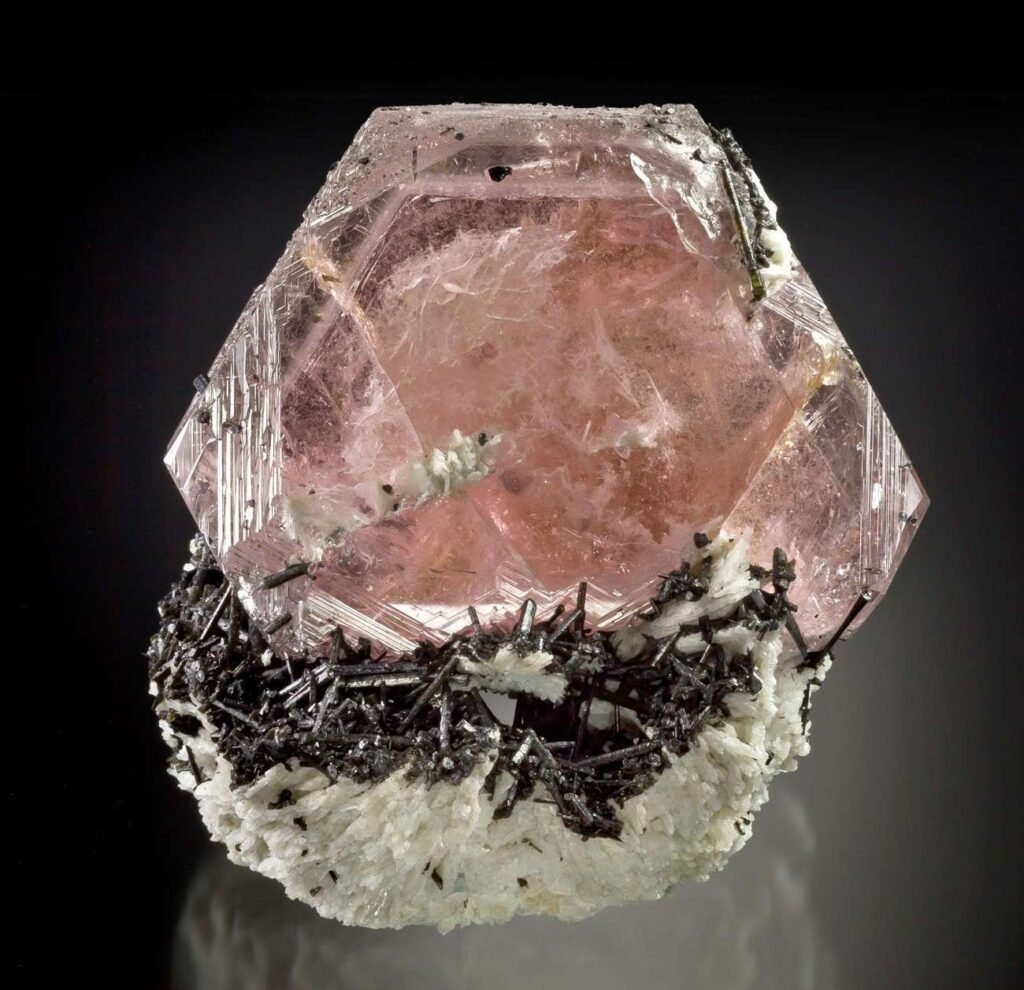When Did Morganite Gain Popularity?
Before delving into the various aspects that affect morganite pricing, let’s explore its history. Often known as rose beryl, morganite belongs to the beryl gemstone family and boasts shades of pink and salmon. This coloration is due to the presence of manganese and/or cesium; a higher concentration of these minerals results in a more vibrant pink hue.
In 1908, a significant deposit of vividly colored morganite was found in Madagascar. George Kunz, a gemologist at Tiffany & Co., believed this newly discovered rose-colored gem warranted a special name. Thus, in 1910, he proposed to the New York Academy of Sciences that this pink beryl be named morganite, in honor of the financier and gem enthusiast J.P. Morgan. At that time, Morgan was assembling one of the world’s premier mineral collections for the American Museum of Natural History in New York, now known as the Morgan Hall of Gems. The New York Academy of Sciences accepted Kunz’s suggestion, officially recognizing morganite as a distinct gem variety.
Morganite comes in an array of colors, from soft pink to peach to purple. Known for its delicate hues, this stone represents innocence, sweetness, romance, and love. Some believe it has properties that open the heart, fostering healing and compassion. Due to these associations, morganite’s popularity has surged in recent years, particularly as a gemstone for engagement rings.
Famous Personalities Sporting Morganite Jewelry
Sheana Shay from the reality show Vanderpump Rules announced her engagement to Brock Honey Davies with a stunning morganite ring designed by Kyle Chan. The ring features a 12.74-carat rectangular cushion-cut morganite with a pink hue, set in a 14K white gold band adorned with 12 diamonds.
Factors Affecting Morganite Cost
While morganite is renowned for its unique color and significance, various factors (including its range of colors) also influence its price.
Pricing
Mirroring other gemstones, morganite’s price is influenced by attributes such as carat weight, color, and cut. A one-carat piece typically costs around $200 to $300. Color is a critical factor, and a smaller stone with an appealing hue may be priced higher than a larger one with a less attractive color. On average, morganite is about one tenth the cost of an equivalent weight diamond.
Carat Weight
Gemstones are usually measured in carats, but carats can vary in size across different gemstones due to varying densities. Hence, a diamond and a morganite of the same carat weight might differ in size. Due to this, morganite is often measured in millimeters. Larger morganite crystals are relatively common, which means that unlike other rare gemstones, the price doesn’t increase exponentially with size.
Color
Morganite stands out for its variety of colors. Pink and rose hues are typically more sought after, whereas peach and salmon shades might be less favored. However, each morganite stone has a unique color, and personal preferences vary. For example, some collectors may highly value untreated peach-colored morganite over heat-treated pink varieties, despite general trends favoring the latter.
Cut
The cut of morganite influences its brilliance and appearance by either minimizing or highlighting inclusions. It can be shaped into various forms, ranging from pear and round to cushion, princess, emerald, and oval. With a Mohs hardness rating of 7.5 to 8, morganite can accommodate a wide range of cuts and styles.
Why Choose Morganite?
In recent years, morganite has become a popular choice, particularly for engagement rings. This rare and durable gemstone, known for its unique color, is both valuable and affordable. As its popularity grows, its value is likely to rise.
Whether it’s a treat for yourself or a gift for a loved one, morganite is a stunning and meaningful stone continuing to gain traction. It’s believed to foster self-confidence, personal power, and positive energy. Additionally, it is thought to promote fair treatment of others, enhance communication, relieve stress, and improve one’s understanding of others.






